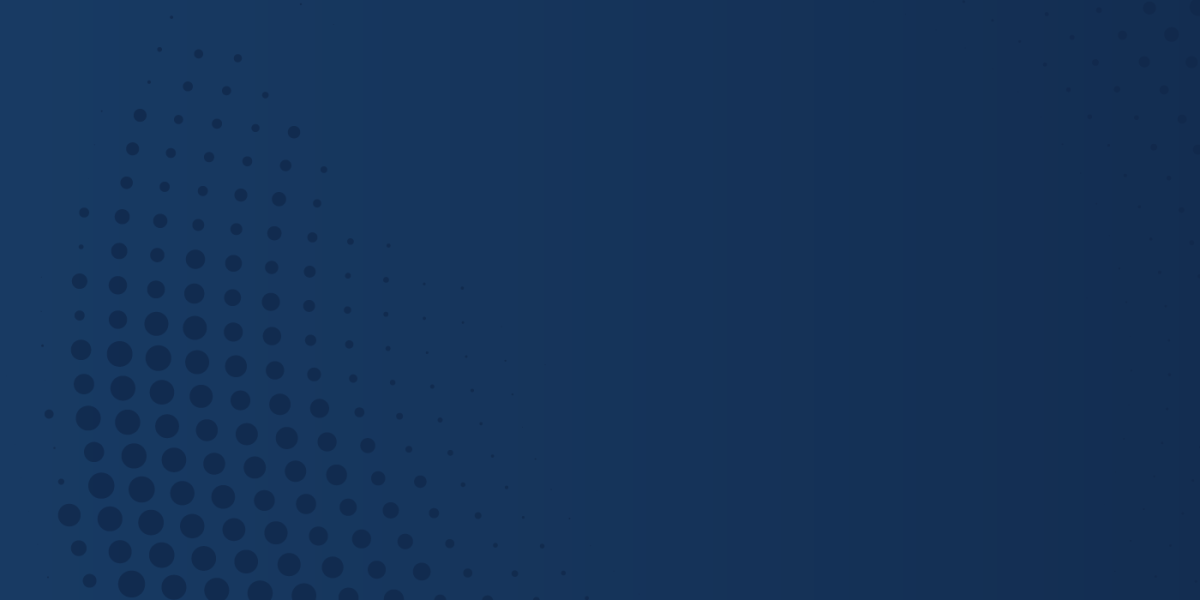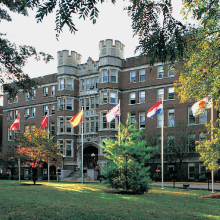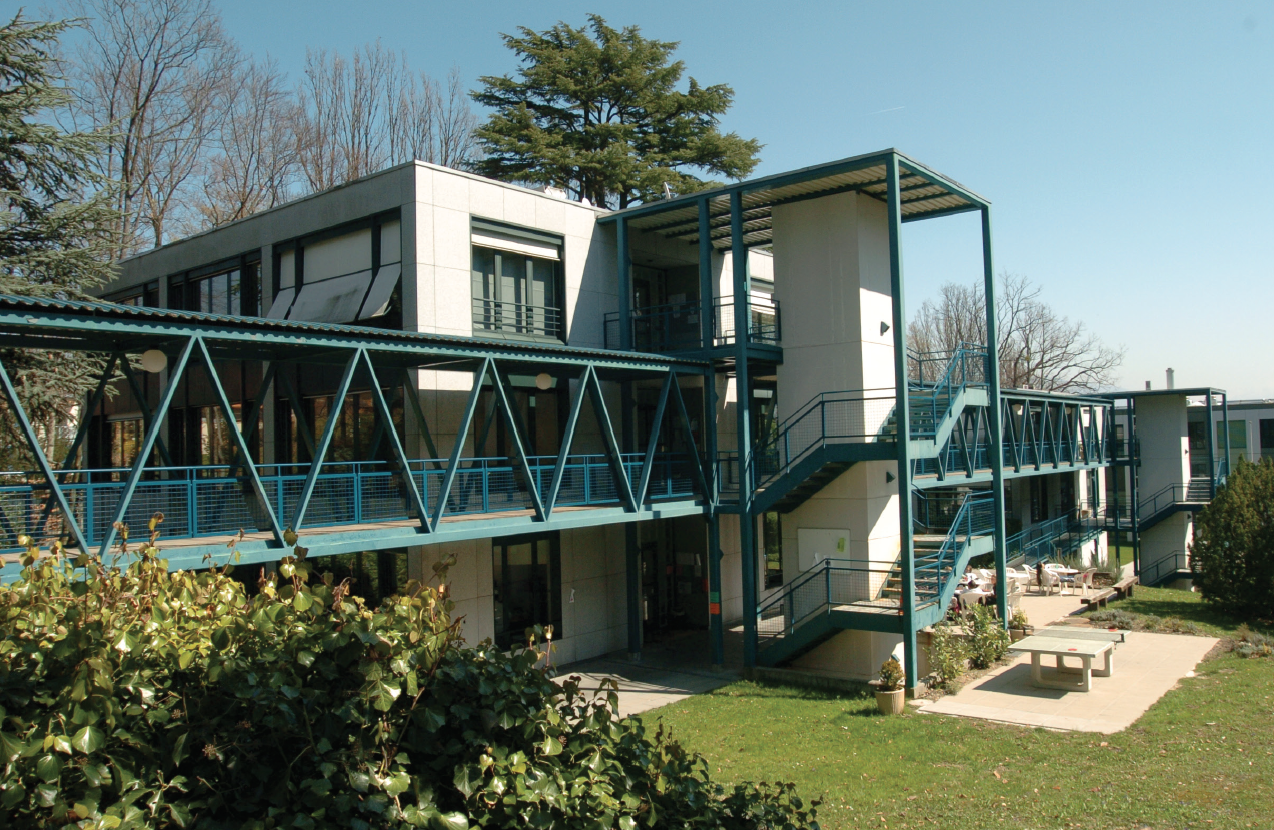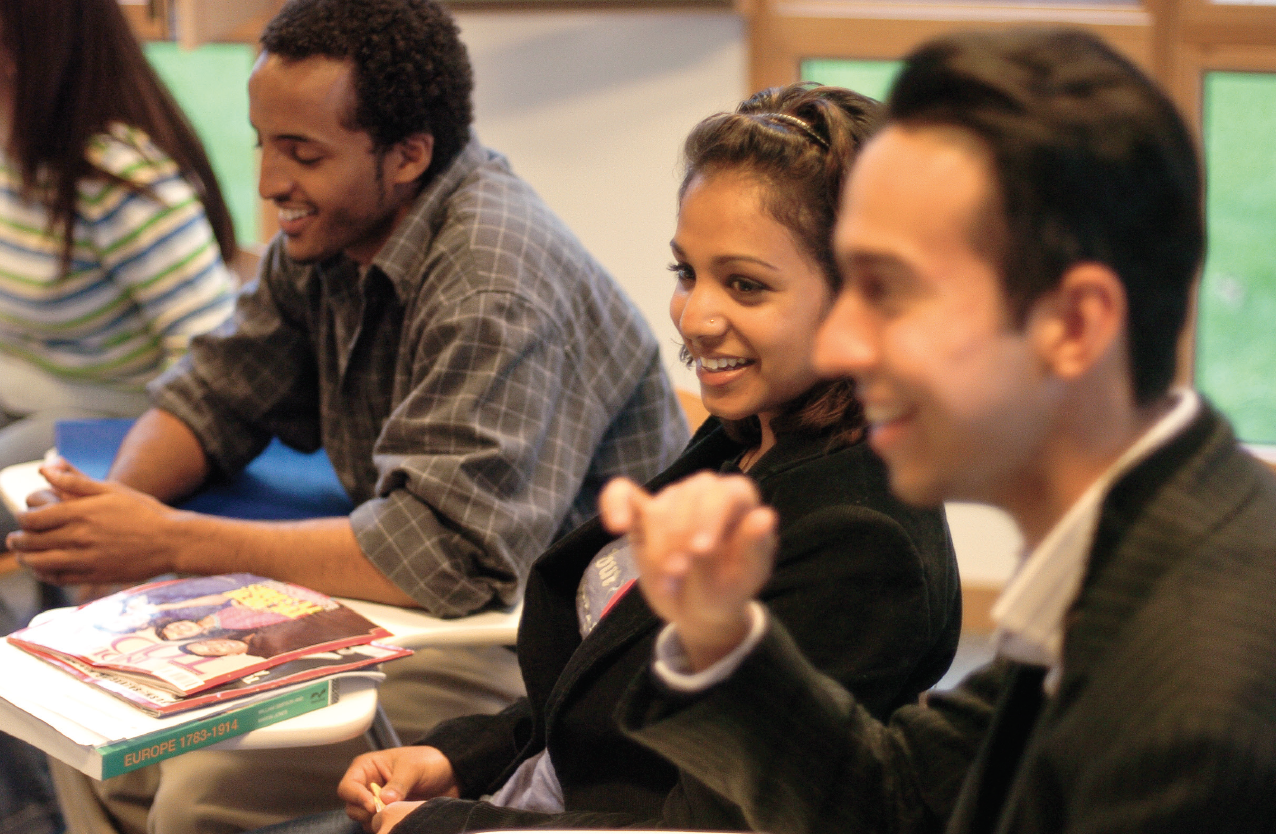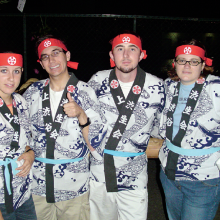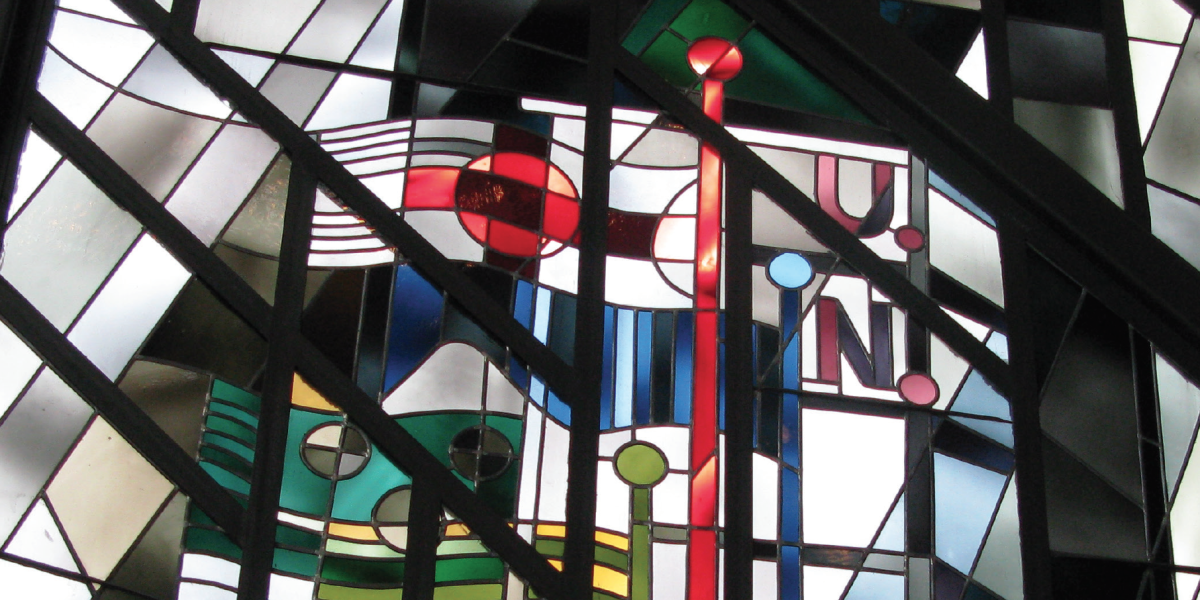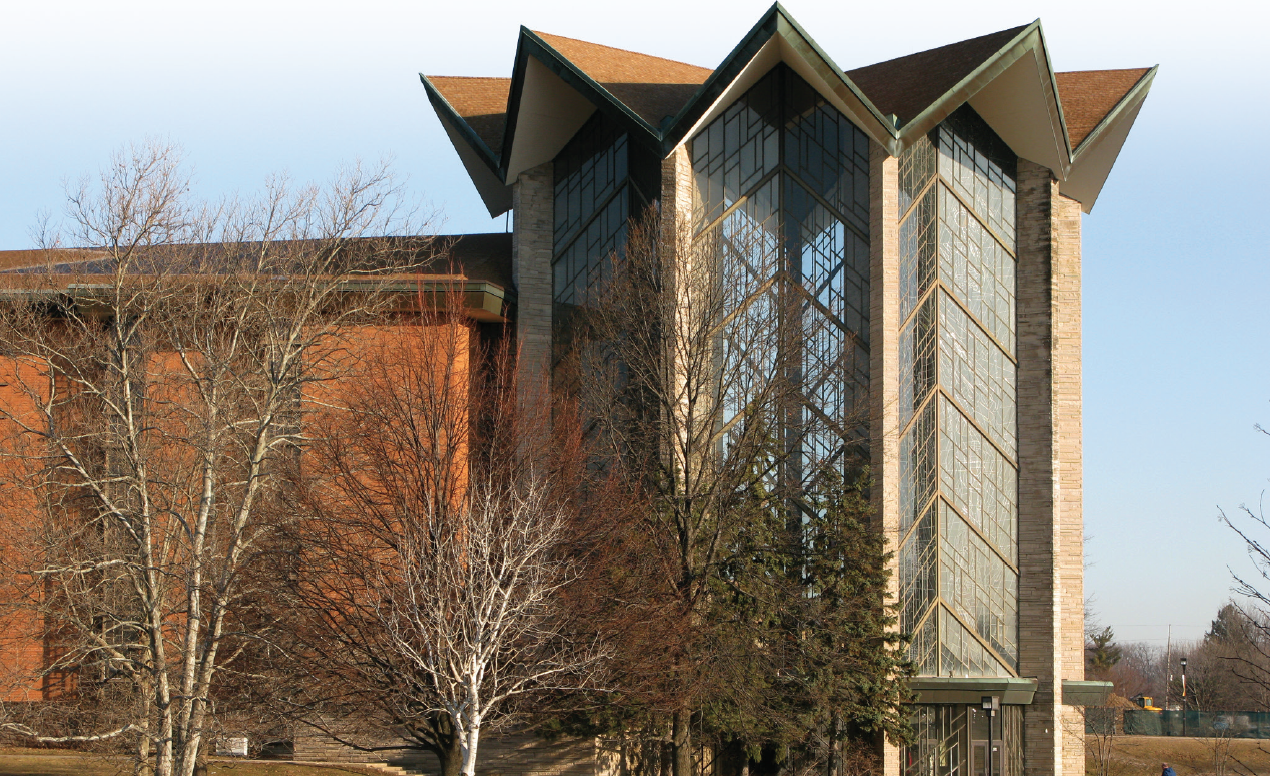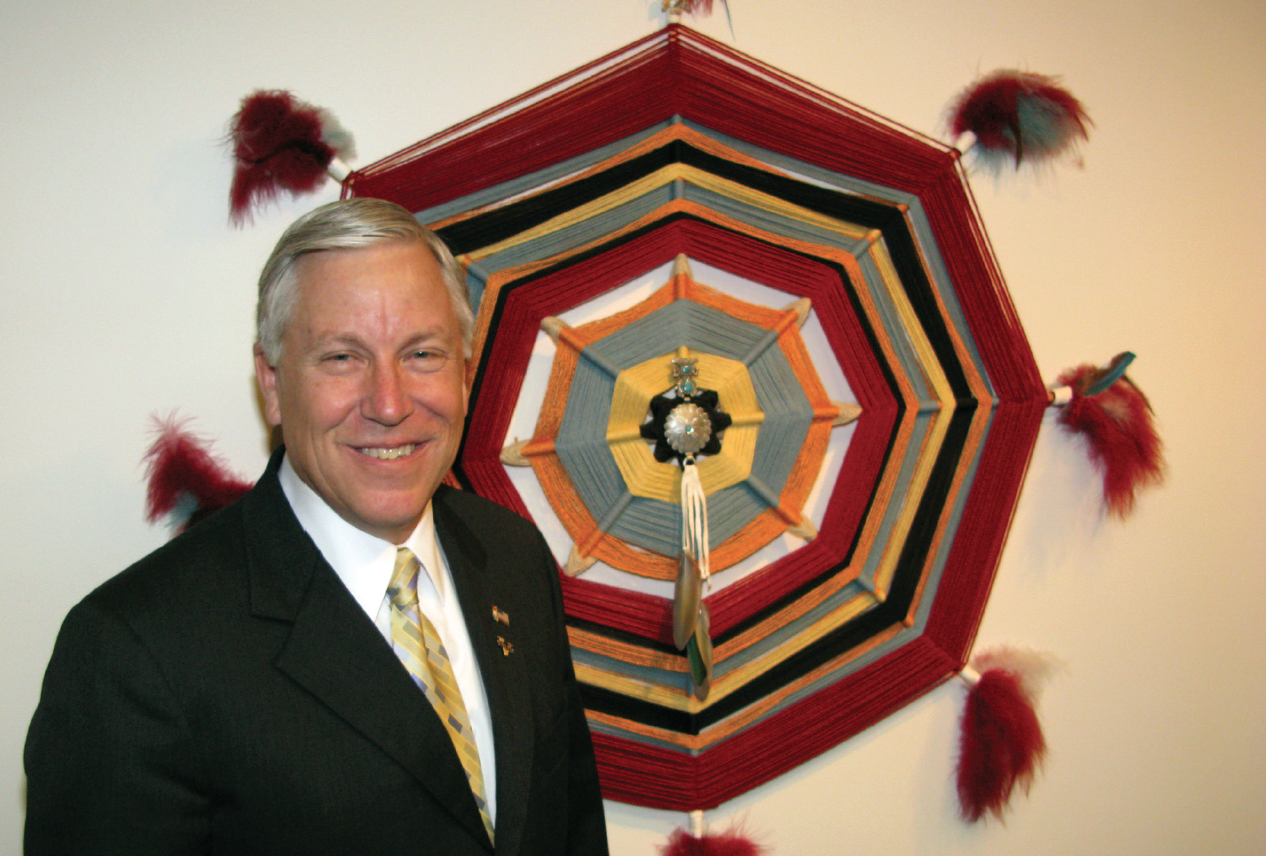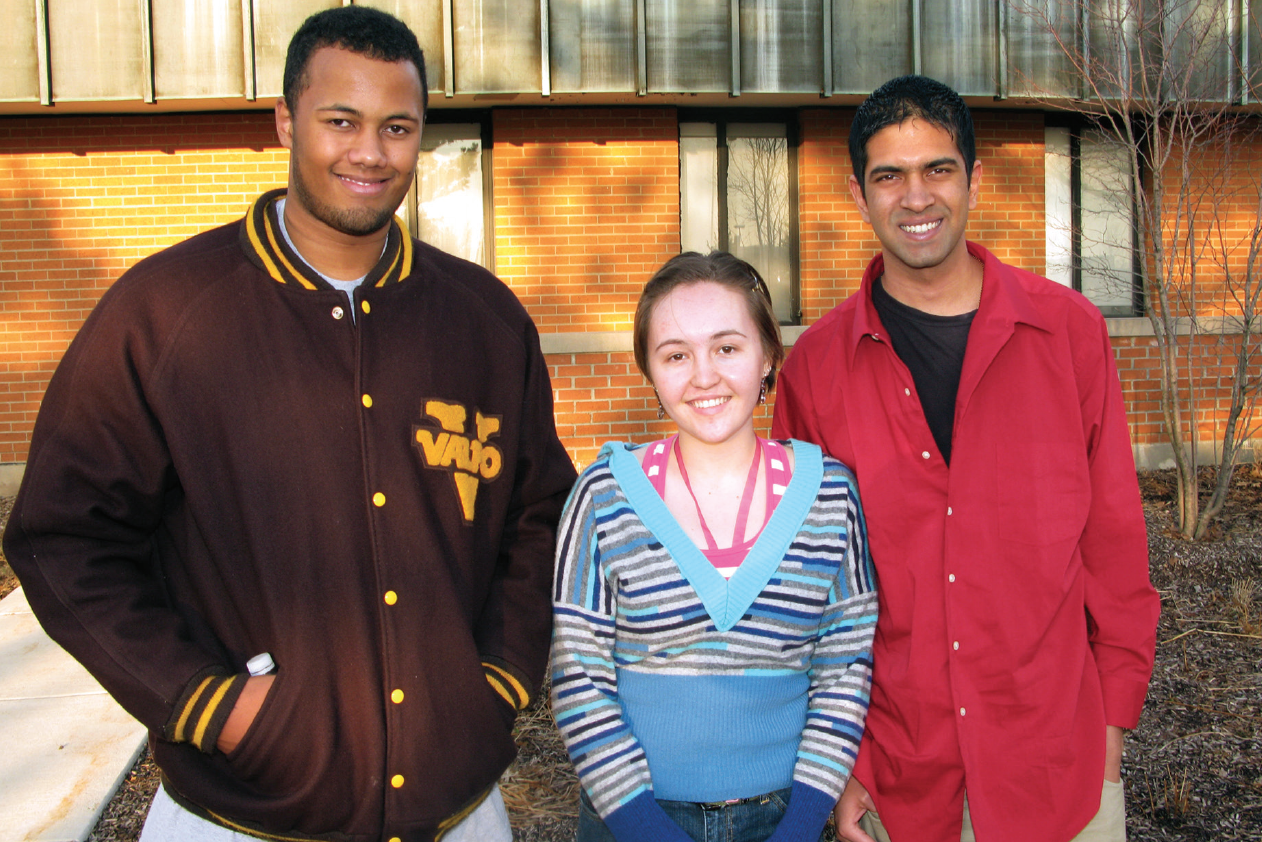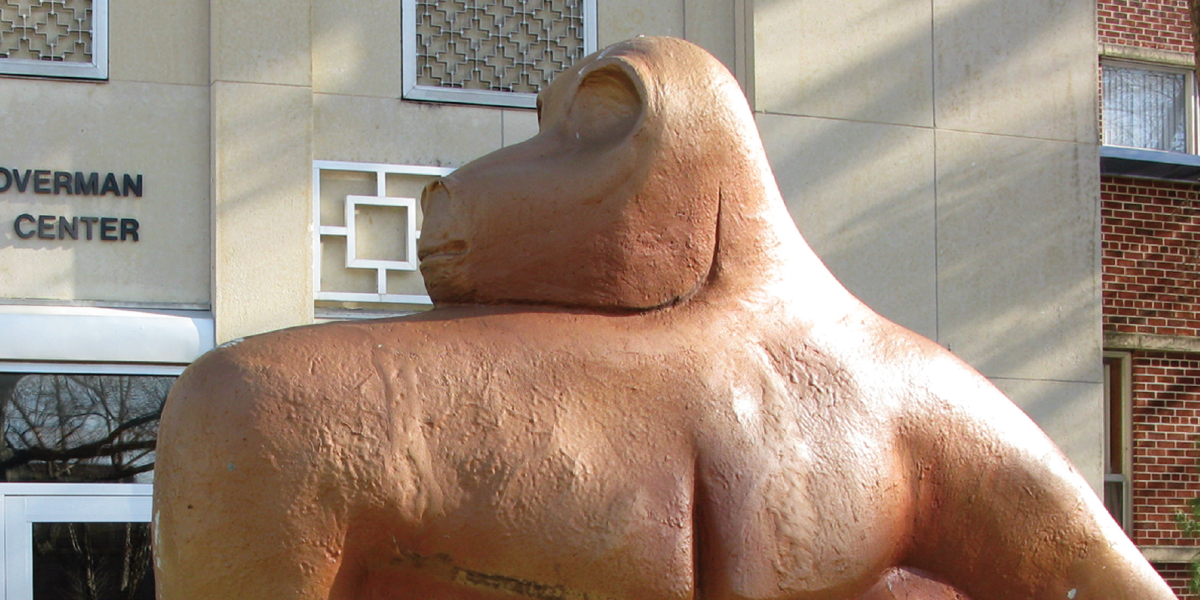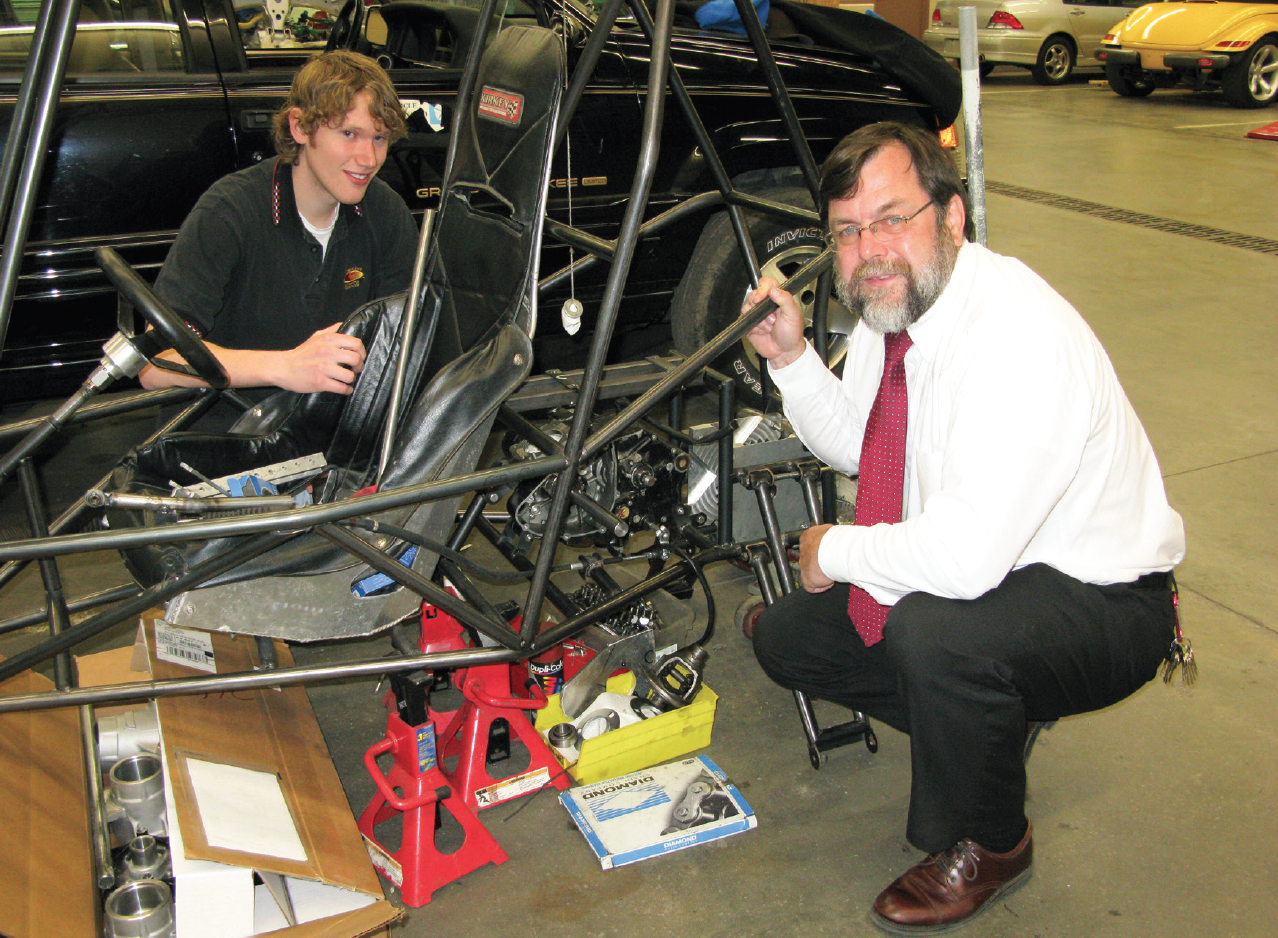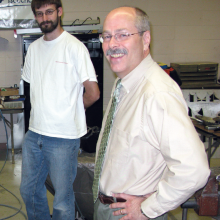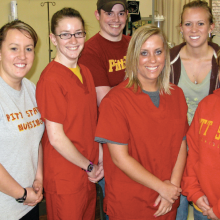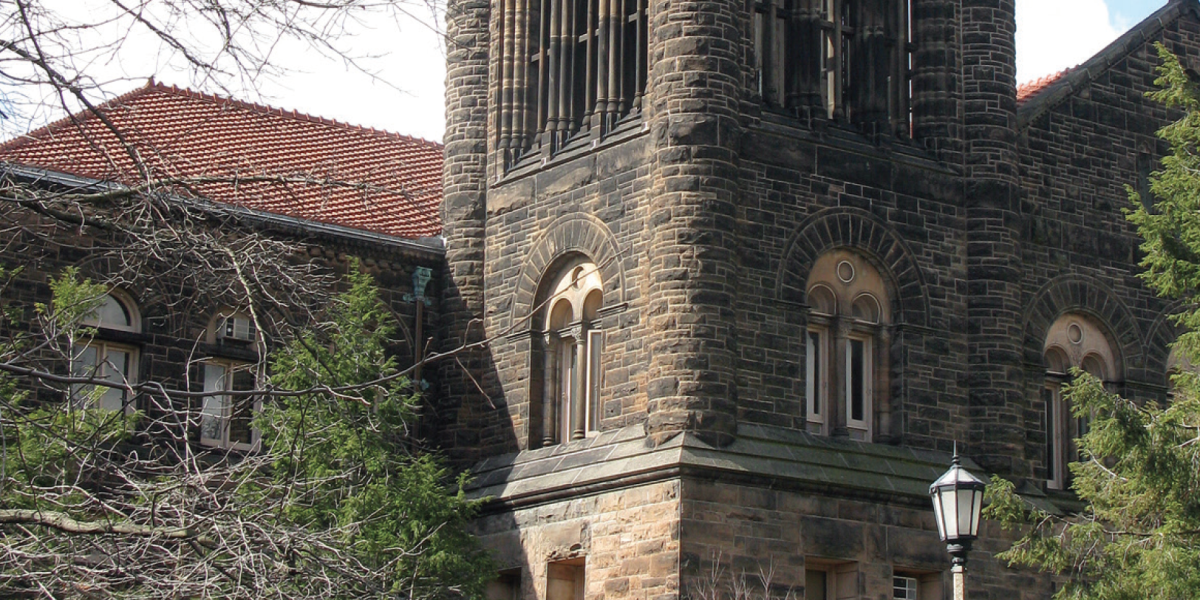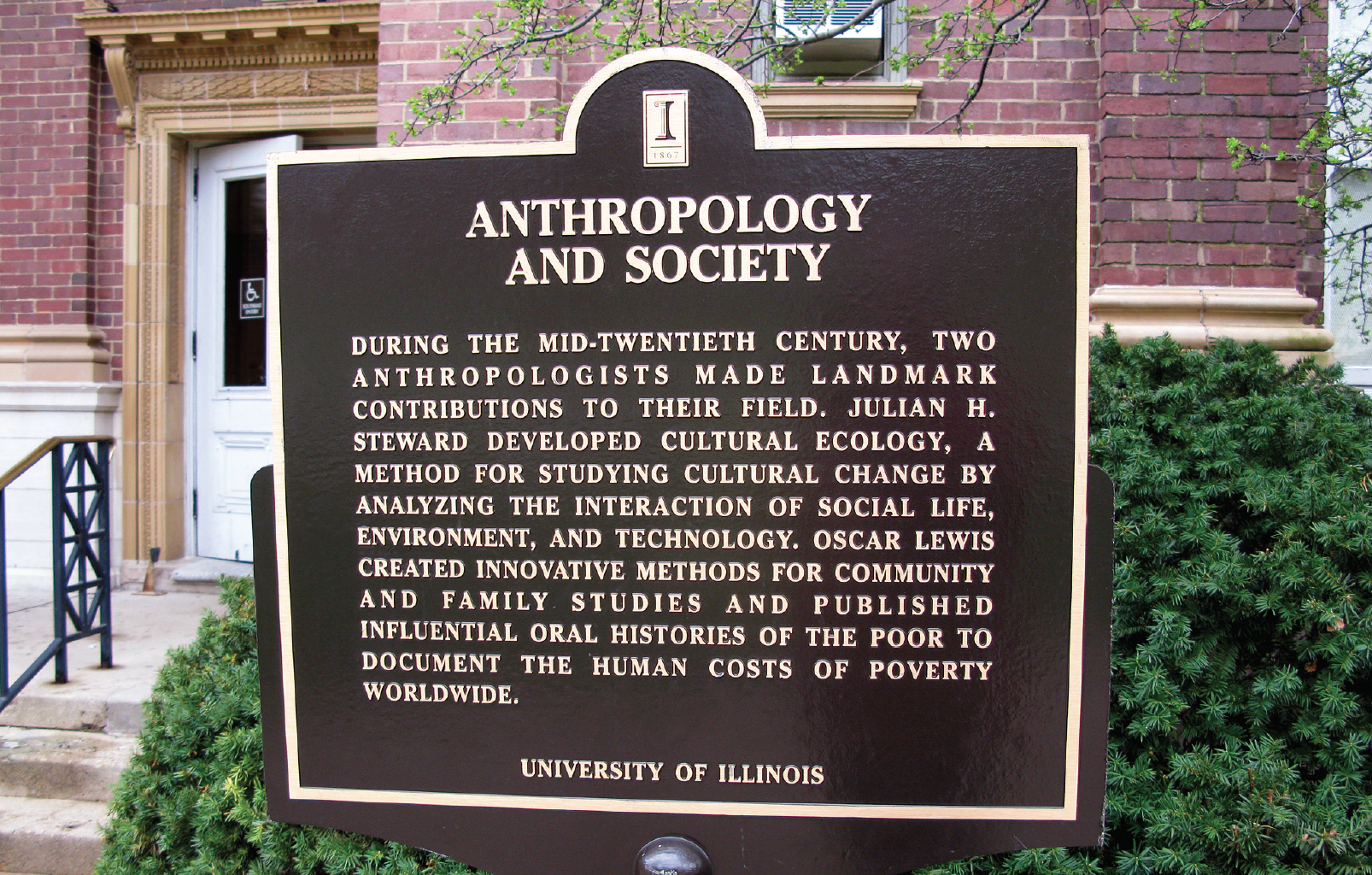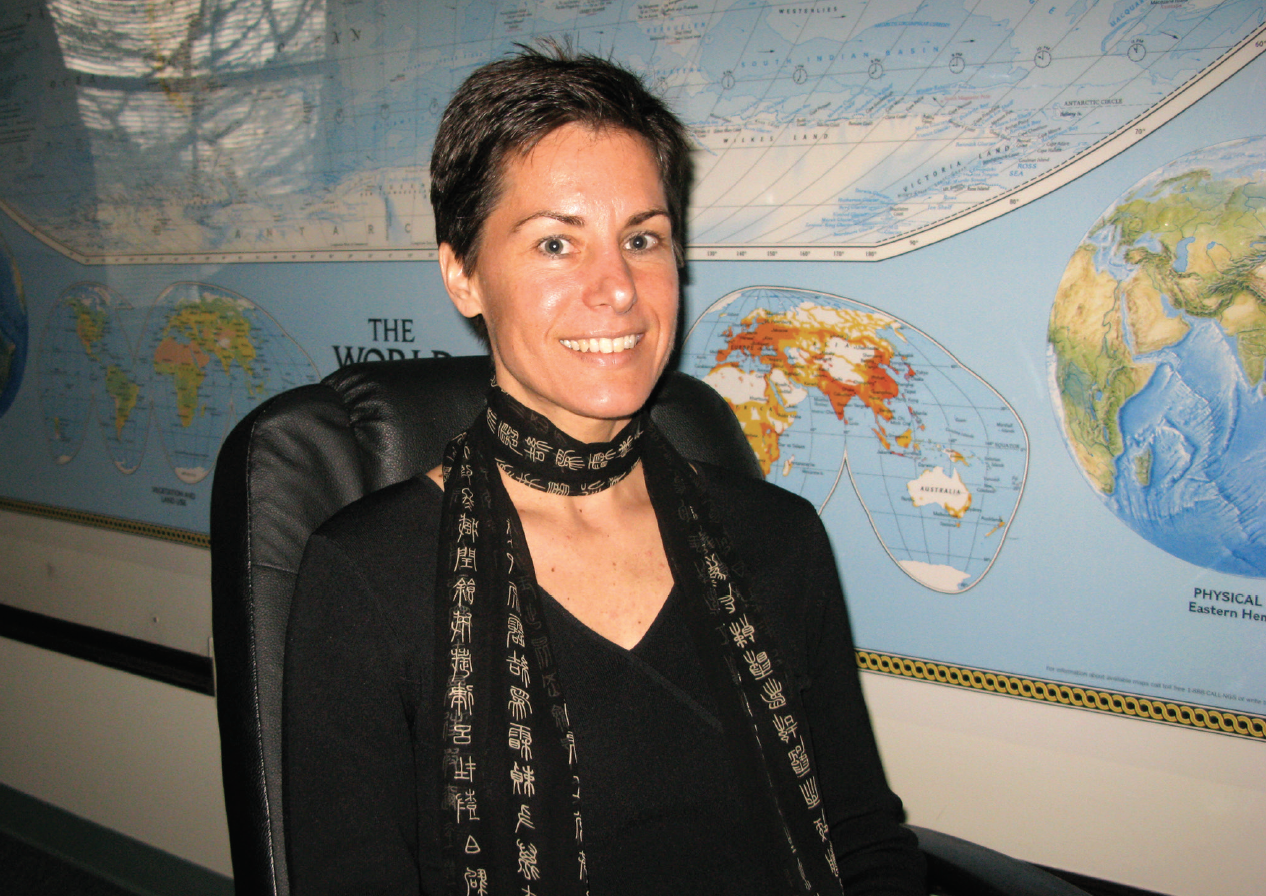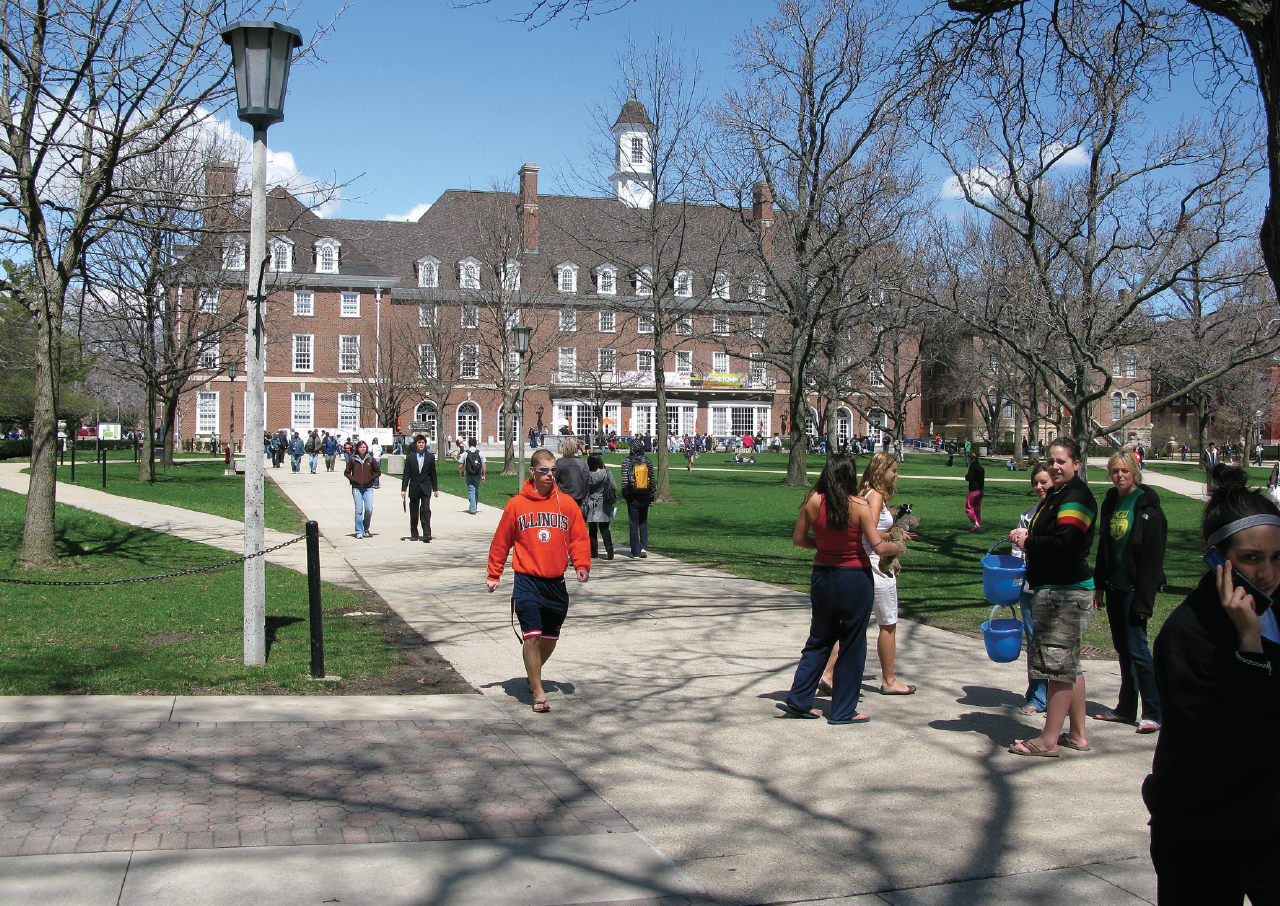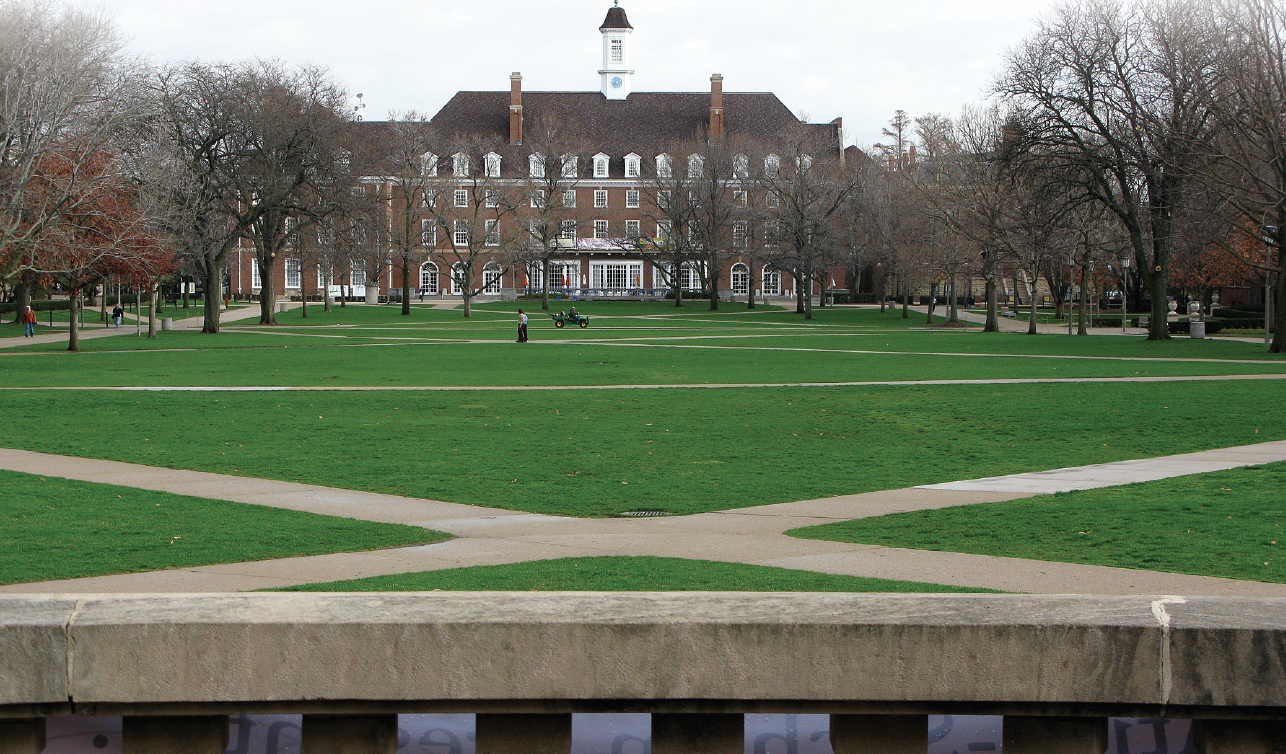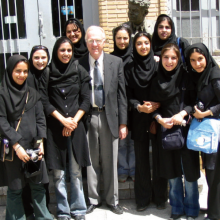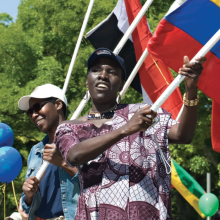2008 Spotlight Webster University
In the race to send more students abroad, some U.S. Universities can point with pride to facilities they own in the great cities of Europe, like Georgetown’s villa on a hill above Florence or Notre Dame’s building on London’s Trafalgar Square, or to Temple University’s campus in Tokyo. But none does it quite like Webster University, which runs branch campuses in Switzerland, Austria, the Netherlands, the United Kingdom, Thailand, and China. “We truly have a distinctive international mission,” said President Neil J. George.
Webster was the first U.S. university to win approval for an American M.B.A. program in China; and recently the Netherlands-Flemish Accreditation Agency extended accreditation to Webster’s International Business & Management Studies bachelor’s degree program in Leiden, which like the rest of Webster’s overseas branches already held U.S. accreditation. George, a political scientist and longtime top academic officer at their suburban St. Louis, Missouri, campus, said the network that Webster has constructed over the past 30 years is not yet complete, “We will be in the Middle East. We will be in Africa. We will be more prominently focused in Latin America.” Webster has a long history of taking on big challenges. It began as Loretto College, founded by an order of Roman Catholic nuns in 1915 as one of the first colleges for women west of the Mississippi. The name was changed to Webster College (the campus is in suburban Webster Grove) in 1924, and men were admitted in the early 1960s. A few years later the Sisters of Loreto passed control of the college to a lay board. But the mission of “meeting unmet needs” stayed the same, George said. As Webster once provided for young women in the 1920s flapper era a pathway to break into male-dominated professions, it later found success in giving working adults opportunities to earn graduate degrees by taking classes at night.
International Journey Begins
The arc of Webster’s international journey starts just across the Mississippi River at Scott Air Force Base in Illinois, where the university dispatched professors to teach evening classes to officers eager to earn master’s degrees. It worked so well that Webster to set up shop on other military bases across the United States. Today it offers courses at 30 military bases in a dozen states, as well as at 21 other Webster centers in nine states that cater to working adults. From the first classes at Scott AFB until today, the emphasis in these graduate programs has been on interdisciplinary, individualized M.A. degrees.
The success of that venture outside the home campus gave Webster the idea of opening its first international campus in 1978. The location it chose was Geneva, Switzerland, where “a considerable number of people were on short-term assignments with the United Nations agencies, and there was no opportunity for a working adult to study in English part-time,” said George. From Webster’s perspective, those international civil servants looked much like the military officers and civilians flocking to the classes it was offering across the United States. Some of those UN and other international agency employees also “wanted their sons and daughters to have the opportunity to have an American system of education,” George added. That led Webster to offer undergraduate as well as graduate courses in Geneva, and to recruit from international schools where English was the language of instruction. It won authorization from Geneva authorities and accreditation by the Higher Learning Commission of the North Central Association of Colleges and Schools (which would later accredit Webster’s other campuses as well). And today Geneva remains the flagship of the university’s European operations, with more than 500 students enrolled on a campus that celebrated its 30th anniversary this fall. “This is a much more traditional schedule than other pieces of the institution,” said Robert Spencer, the Geneva-based director of Webster’s European campuses. “We have morning and afternoon classes primarily for undergrads, and evening classes primarily for graduate students.”
From there Webster set its sights on Vienna, Austria, where the UN was expanding its presence and OPEC was gearing up operations. There were special challenges because Austria then did not recognize private higher education, but Webster persevered and opened in Vienna in 1981. Today that campus also enrolls 500 students pursuing bachelor’s degrees in business, international relations, computer science and other disciplines, and master’s degrees as well. “Following Vienna, we thought, ‘This is working great; there are real needs. It’s not unlike responding to regional and local needs in the states. Where’s another large English-speaking international community?’” recalled George. Their first instinct was to try their model at the Hague in the Netherlands, but instead they landed in Leiden in 1983, where the mayor and Leiden University, the largest in Holland, wooed and welcomed the American-style business college. That campus, too, found many eager to take the classes that Webster offered. Webster opened a London campus in 1986 to offer American business degrees to busy London professionals through evening classes and also to give Webster’s students another option for study abroad. Webster shares the facilities of Regent’s College in London’s Regent’s Park with four other schools. It launched an M.B.A. program in China on the campus of Shanghai University of Finance and Economics in 1996 and opened a large campus in Cha-Am, Thailand in 1999.
As Webster has grown—it enrolls more than 20,000 students, including 7,500 on the home campus in St. Louis, 9,500 across the United States, and 3,000 at its international campuses—it has encouraged students and faculty to travel and avail themselves of the opportunities to study, teach, and absorb other cultures. While studying in England is far less of a culture shock for Americans than a semester in Thailand, George sees the London campus as an important first step into the world for those students wary of leaving home. “We thought we might begin to get a number of first generation, non-travel students to start in London, get their international legs, and then move on to places like Geneva and Thailand,” he said.
Increasing Mobility
To speed them on their way, the university’s Webster World Traveler Program pays for the roundtrip air ticket for students to make their first trip to another Webster international campus. If they are enrolled in St. Louis, they can go to Europe, China, or Thailand. The mostly international students in Thailand, Geneva, and the other campuses can study in London, St. Louis, or any other Webster outpost. To qualify, undergraduates first must complete nine credit hours at their home campus. Graduate students get plane tickets, too, after first finishing 15 credit hours and agreeing to complete an additional 30 hours (including the six credits they earn during an eight-week term abroad). The World Traveler Program picks up coach airfare for more than 100 students each year at a cost to the university of $200,000.
“What we are trying to do is break down barriers for student mobility, faculty mobility, and staff mobility throughout the network,” said Grant Chapman, associate vice president for Academic Affairs and director of International Programs. “When a traditional university talks about study abroad, they’re usually talking about a U.S. student going abroad. With our mobility program, you could have a Russian student with a home campus in Geneva studying abroad in Thailand. They may never see the St. Louis campus, but that is every bit as encouraged as study abroad for the traditional U.S. student.” About 40 percent of the St. Louis undergraduates study abroad before they graduate, including 380 in 2006-07. That number has grown almost fivefold in the past decade.
With the exception of Webster’s offerings in China, which draw primarily Chinese students, these overseas campus students are highly international; only one in five is a U.S. resident. Some 100 nations are represented in the Geneva student body, and 40 nations are represented on the faculty. More than 600 international students spent a semester on the St. Louis campus in 2007-08. Only a quarter of the 200 students at the Cha’am campus is Thai. Vietnam, Burma, India, and Nepal send contingents to the Thai campus, along with a number from Europe, the United States, and elsewhere. Webster is trying to attract more Thai students to the 60-acre campus in Cha’am, which is three hours south of Bangkok.
In China, Webster’s offerings are primarily intensive, English language M.B.A. courses offered on weekends in Shanghai, Shenzhen, and Chengdu. The Chinese government recently decided to open a Confucius Institute on Webster’s St. Louis campus, with the university expanding a partnership with a Beijing university that specializes in Mandarin classes.
Rick Forestell, the director of the China program, said from his office in Shanghai, “From the very first, we’ve had almost 100 percent Chinese locals attending our classes. Our M.B.A. program has had 1,100 graduates since 1997.” But in partnership with Shanghai University of Economics and Finance, and with the blessings of the Chinese Ministry of Education, Webster is expanding offerings for undergraduates, including a semesterlong Chinese studies program. Typically, a third of Webster’s courses in China are taught by its own faculty and the rest by adjuncts. Fortunately no Webster classes were in session in Chengdu in May 2008 when a deadly earthquake struck Sichuan Province.
Webster professors themselves are frequently on the move. Half the full-time faculty have taught overseas at least once. “When we recruit, we say they must be prepared to teach internationally,” said George. Webster also offers Faculty Mobility Fellowships to encourage professors to teach at an international site. The international campuses now offer undergraduate degrees in 17 fields, and 13 graduate degrees. “The majors we offer have the same learning outcomes throughout,” said Chapman. Electives vary and reflect the local and regional culture.
“We suppress the significance of geography for administrative (purposes) and emphasize it for the pedagogical value and the international perspectives…”
The common outcomes and degrees mean that “a student can sign up for the next term, indicate where they are going, take their coursework, and go. You’re accepted. It’s one university. We suppress the significance of geography for administrative (purposes) and emphasize it for the pedagogical value and the international perspectives,” said George. Webster even aims for diversity in its online offerings, “where our goal is to have the instructor from one culture, a small class of 15 students, and no more than two students representing the same culture, creating a virtual international community,” he said.
Financial Challenges and Sustainability
Tuition varies, based on the local economy. “Tuition in Geneva is higher than in Leiden because the cost of living is higher,” said Spencer. Students throughout the system pay their home campus tuition when they study abroad. Only recently has Webster begun to open its programs to other U.S. institutions as an option for their students to study abroad, but Grant now expects those affiliations to grow with their added housing capacity in Geneva and elsewhere.
At sites without Webster dorms, students rent apartments or rooms in the surrounding community, or live in other institutions’ student housing. The university encourages students to connect with the local culture and community through service and research projects, including participation in a community service day called “Webster Works Worldwide” held each fall since 1995. Chapman said students can earn an International Distinction designation on diplomas by volunteering or undertaking an off-campus research project.
Webster is a private, not-for-profit institution. “Our model is to make sure that these campuses have long-term sustainability, both academically and financially, university-wide,” said George, and in the aggregate, the international campuses cover their expenses, as do Webster’s extended U.S. classes and the home campus. Webster closed a program in Bermuda several years ago, and Thailand “has been a challenge,” George acknowledged. But Webster University Thailand “brings real significant contributions toward helping us achieve our global education goals.” Webster remains the only U.S.-accredited university in Southeast Asia.
And what does the Webster leader say to U.S. colleagues who may be considering their first major foray into the international arena? “They should pursue it, but you should enter it for the right motivation. If you have schools that are struggling or looking for a new vein of financial support, that’s the wrong motivation. If they are genuinely interested in promoting global perspectives for their students as part of their degree, many different approaches can be used,” said George. They don’t necessarily have to stand alone, as Webster did in Geneva and elsewhere. “Starting from scratch was challenging then, it’s even more challenging today,” he said. But “when you partner, make certain that you have joint interests and total control over the academic integrity of your degree program.”

